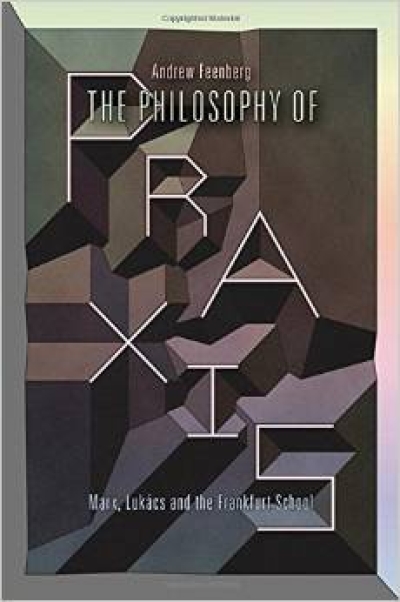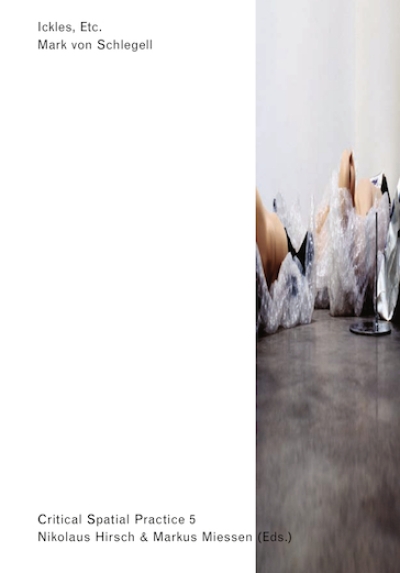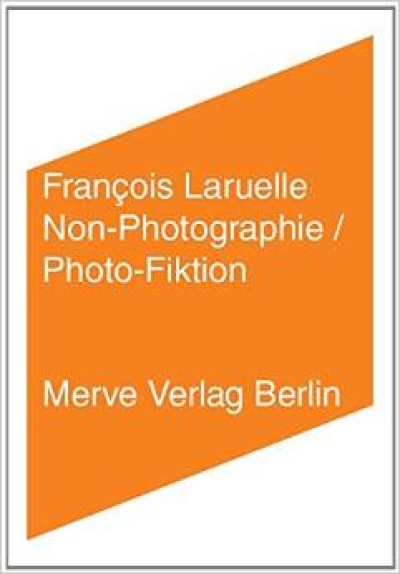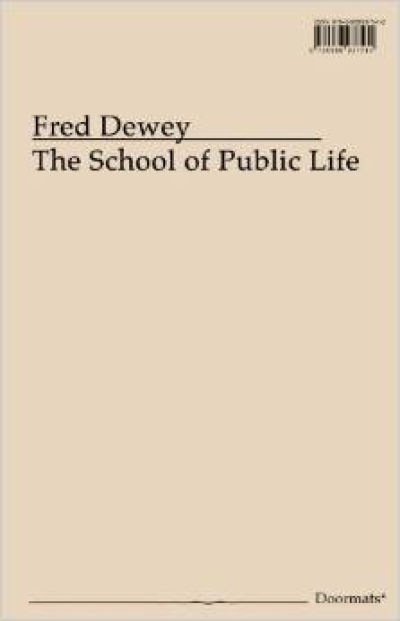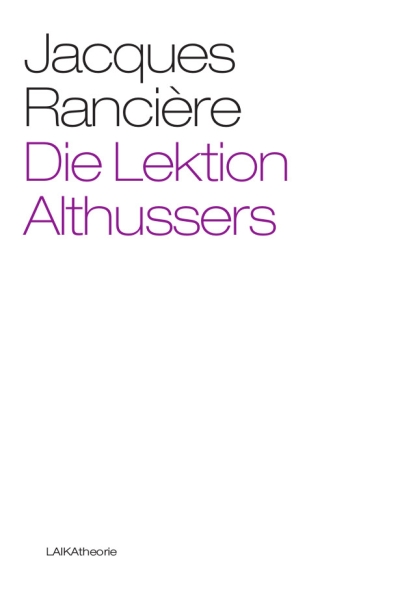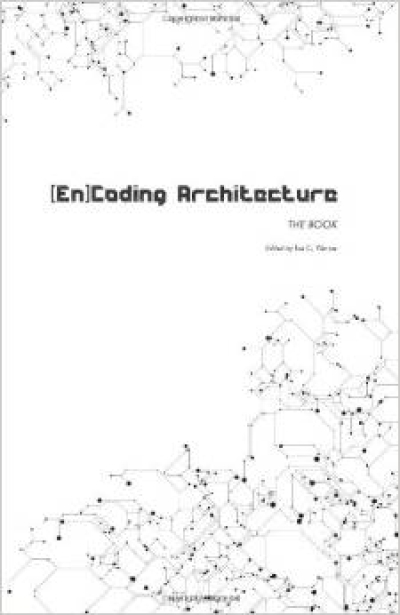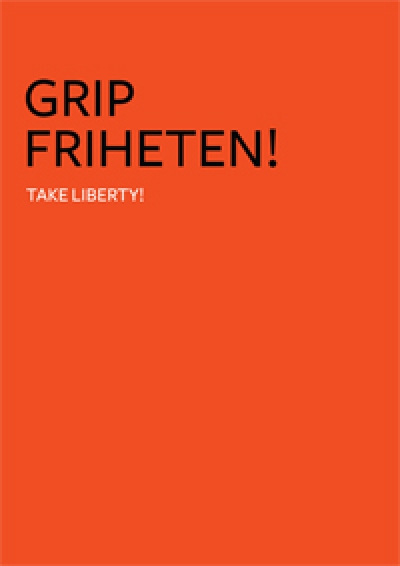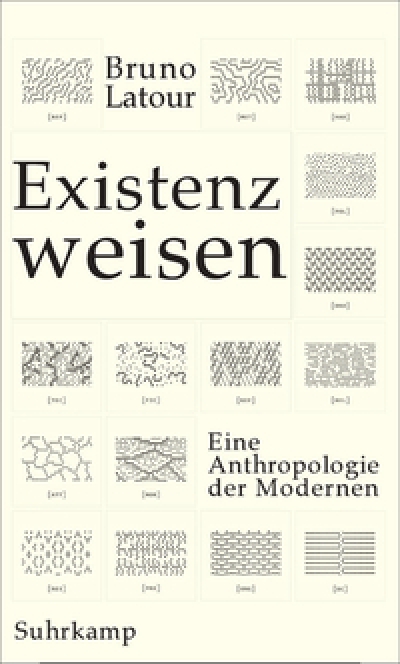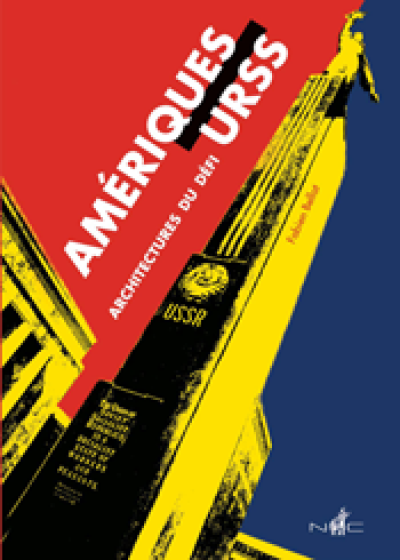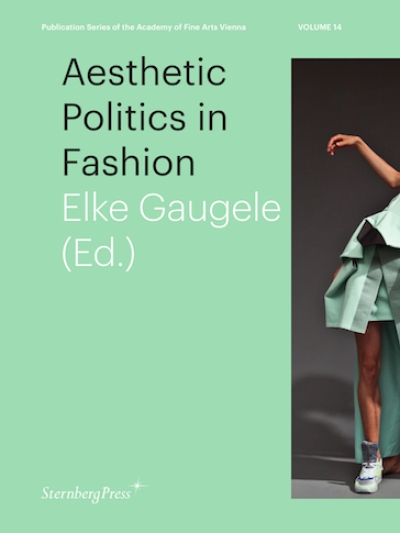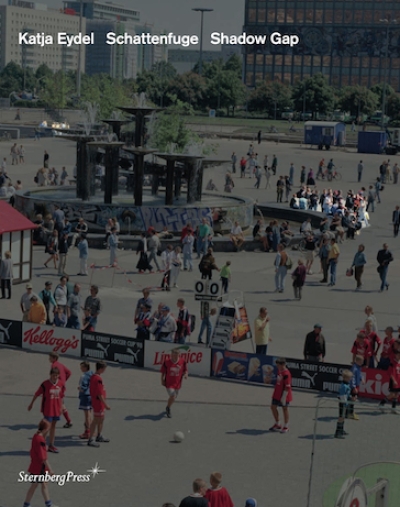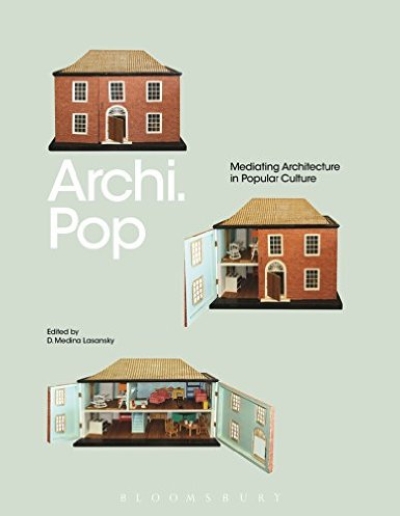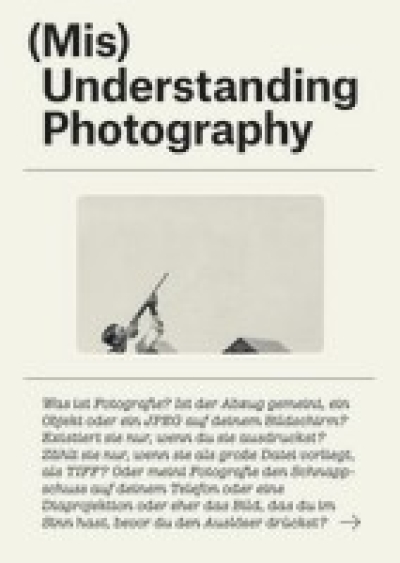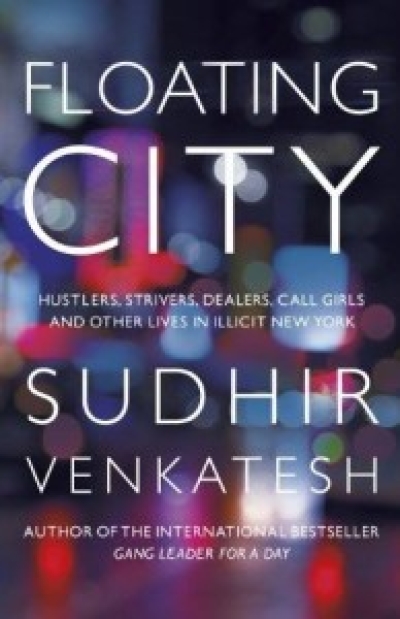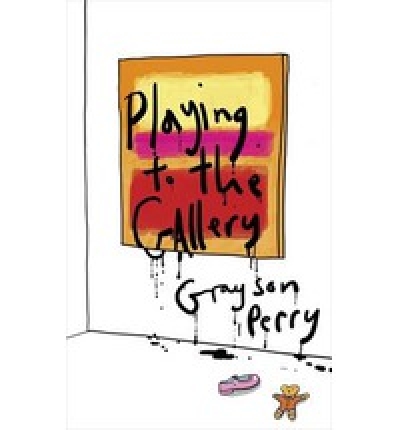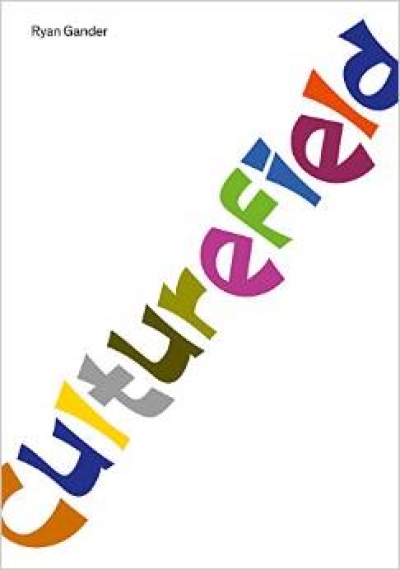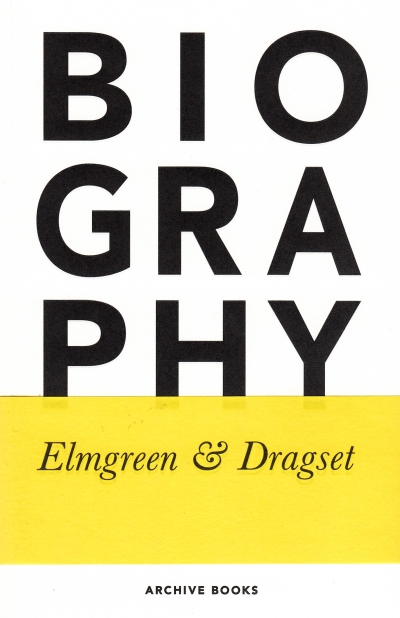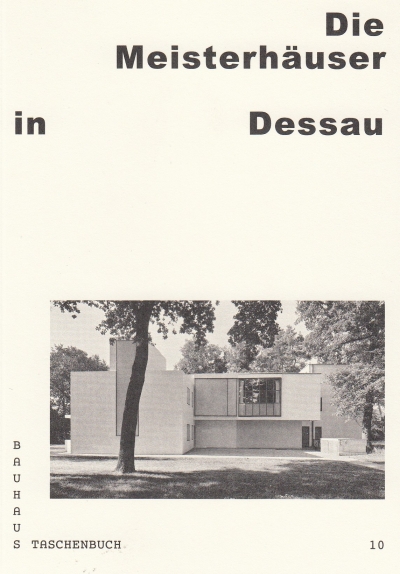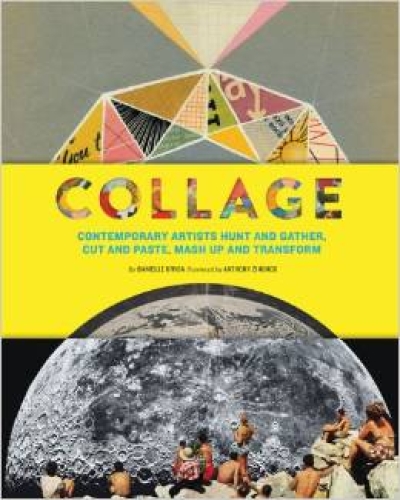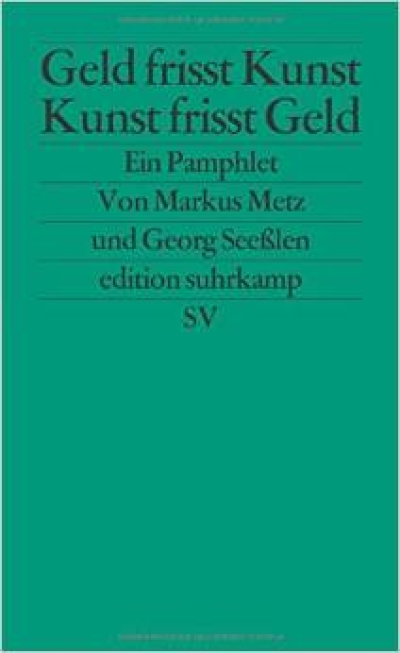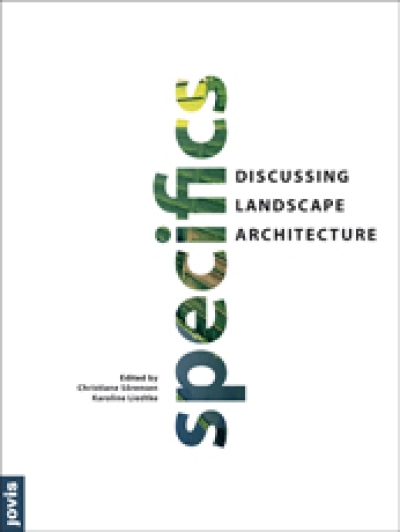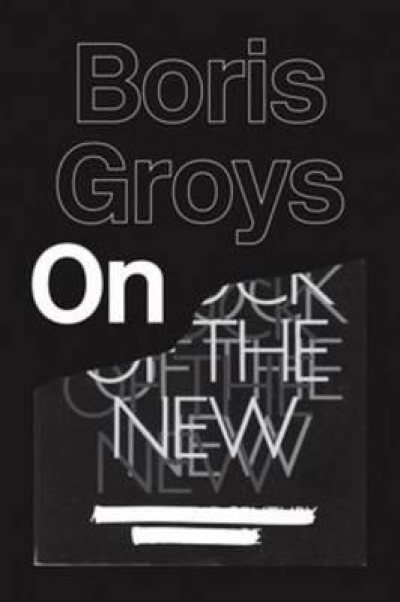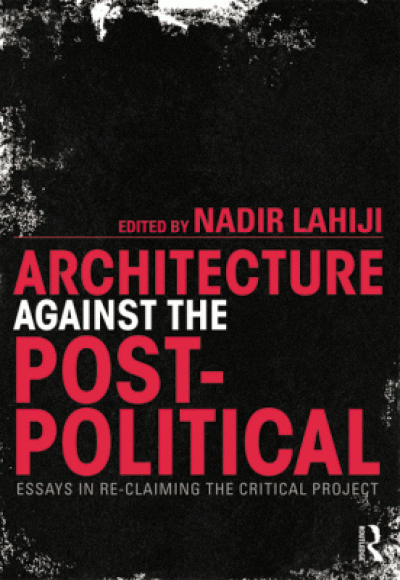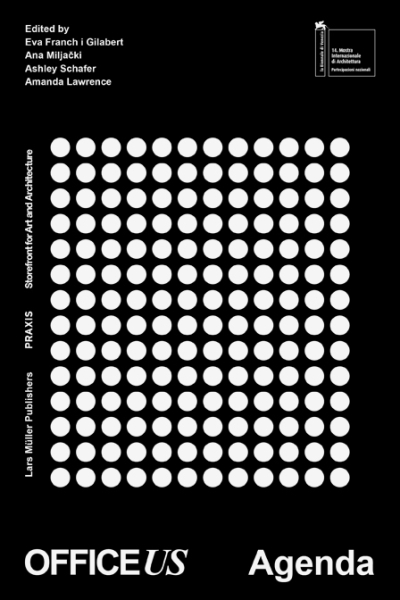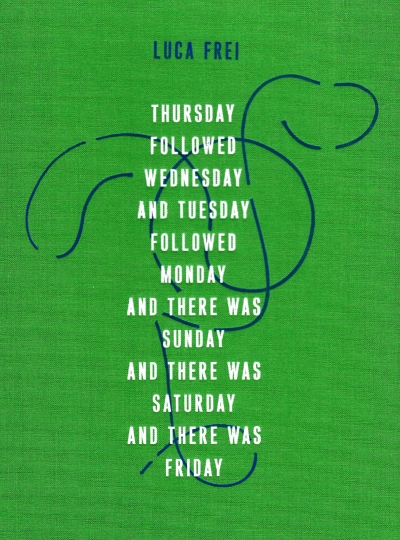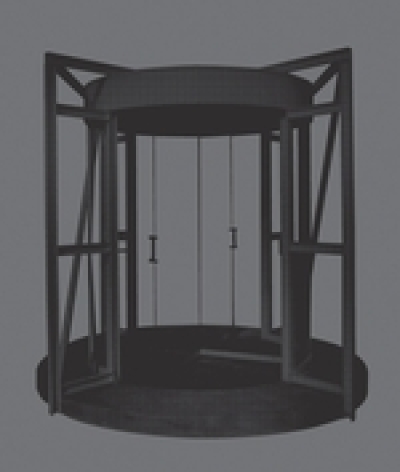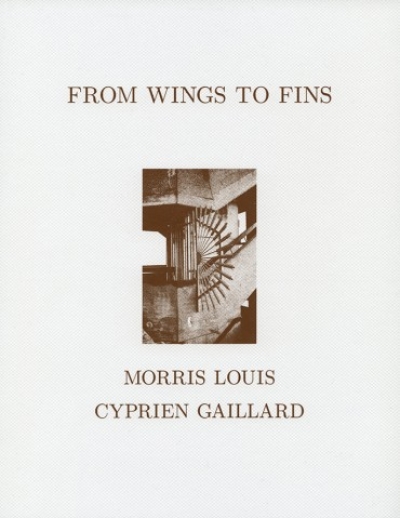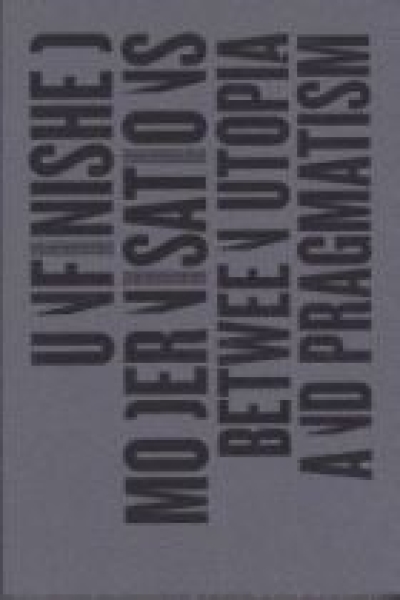
Lesbar: Typografie in der Wissensvermittlung
Was wäre, wenn wir spielend lernen könnten, alles Wissen als Film vorläge oder wenigstens Bilder wirklich mehr sagten als Tausend Worte?
Aber: Wissensvermittlung kommt bis heute nicht ohne Text aus. Und immer ist es die Typografie, die für die Sichtbarkeit des Inhalts sorgt und weit darüber hinaus ihre Wirkung entfaltet. Ihre Bedeutung in der Wissensvermittlung kann nicht hoch genug geschätzt werden und ist doch eine wenig bekannte Grösse.
Schrift – und mit ihr die Leserlichkeit – wird in der Öffentlichkeit wahrgenommen. Die Lesbarkeit – also die Anordnung von
Text, die Verbindung von Inhalt und Medium, die Verdeutlichung des Inhalts durch die Form, die Arbeit an und mit visuellen Konventionen – als Betätigungsfeld der Typografie ist dagegen weitgehend unbekannt.
Ihre Wirkung, insbesondere die Wirkung didaktischer Typografie, erläutert dieses Buch.
Dazu schreiben 25 Autorinnen und Autoren mit disziplinübergreifenden Ansätzen aus der Lesbarkeitsforschung.
Das Schulbuch rückt – zu Recht – in den Fokus. Lesen als Vorgang wird endlich auch aus Sicht von Typografinnen und Typografen
beschrieben. Über wegweisende Projekte wird berichtet, in denen Typografie intensiv und hochkarätig eingesetzt ist oder vermittelt wird.
Nicht zuletzt gibt es eine kleine Einführung in die Grundlagen.
Das Kompendium erläutert, was genau zu guter Lesbarkeit führt. Es lotet aus, wo und wie Typografie wirken kann und wie sie beschaffen sein muss, damit sie wirkt.
Mit Beiträgen von: Martin Tiefenthaler, Jürgen Spitzmüller, Miriam Mayrhofer, Ulrike Borinski, Florian Adler, Saskia Kraft, René Spitz, Christina Bugge, Clemens-G. Göller, Sabina Sieghart, Rosalie Heinen, Susanne Heinicke, Silvia Werfel, Rudolf Paulus Gorbach, Michael Schlierbach, Verena Kiesel, Lisa Neuhalfen, Jan Filek, Antonia Cornelius, Björn Schumacher, Albert Jan Pool, Sabine an Huef, Petra Wöhrmann, Roland Stieger.






























































